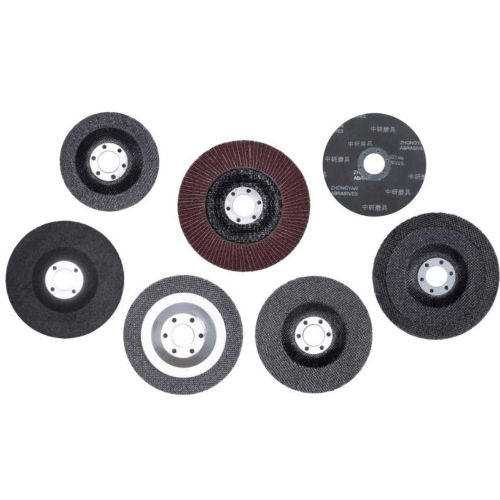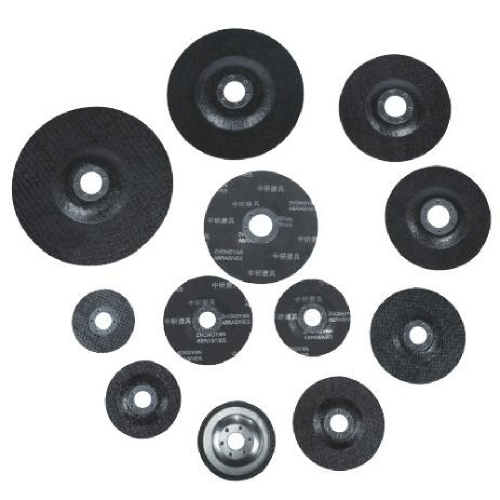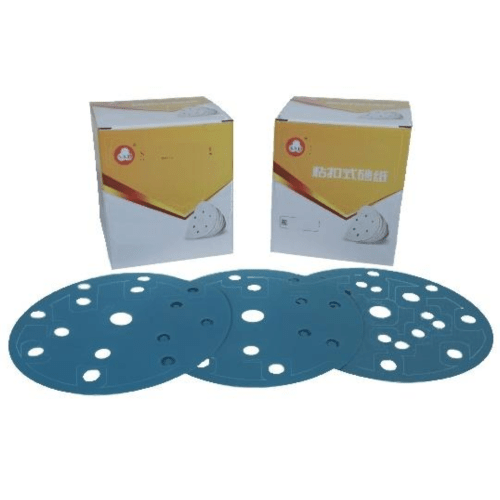مدة عمر ارتداء العجلة
يشير عمر ارتداء العجلة إلى متانتها وطول عمرها في مختلف التطبيقات الصناعية والنقلية. ويحدد هذا المؤشر الحيوي المدة التي يمكن أن تحافظ فيها العجلة على أدائها الأمثل قبل الحاجة إلى الاستبدال أو الصيانة. تدمج تقنية العجلات الحديثة مواد متقدمة وعمليات تصنيع متطورة لتعزيز مقاومة البلى وتمديد العمر التشغيلي. ويتأثر عمر ارتداء العجلات بعدة عوامل، بما في ذلك ظروف التحميل والبيئة التشغيلية وتركيب المواد وممارسات الصيانة. يستخدم المهندسون والمصنعون طرق اختبار متطورة لفحص أنماط البلى وتوقع العمر الافتراضي، مما يتيح التخطيط الأفضل وإدارة التكاليف بشكل أكثر فاعلية. يتضمن تقييم عمر ارتداء العجلة قياس عمق المداس وفحص حالة السطح ورصد سلامة البنية طوال فترة خدمة العجلة. تستخدم الأنظمة المتقدمة للمراقبة الآن أجهزة استشعار وتحليلات البيانات لتتبع تقدم البلى في الوقت الفعلي، مما يسمح بجدولة الصيانة التنبؤية وتخصيص الموارد بشكل أمثل. يعد فهم عمر ارتداء العجلة أمراً أساسياً للصناعات التي تشمل النقل بالسكك الحديدية إلى معدات التصنيع، حيث يؤثر أداء العجلة مباشرةً على كفاءة العمليات ومعايير السلامة. تساعد هذه المعرفة المنظمات على تحسين جداول الصيانة وتقليل وقت التوقف عن العمل وضمان أداء متواصل عبر عملياتها.


